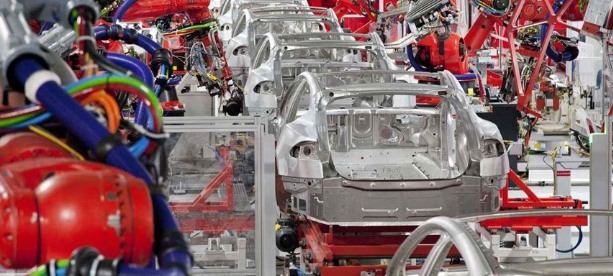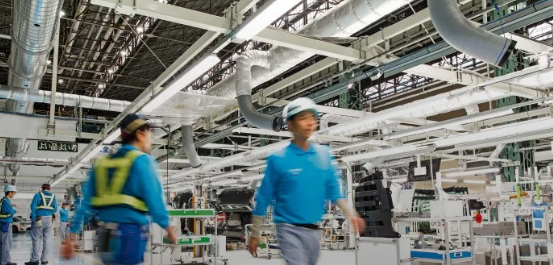Plasma thermal spray coatings have revolutionised the world of surface engineering, providing robust solutions for enhancing the durability, performance and longevity of various components. Let’s explore five types of plasma thermal spray coatings, each offering advantages for diverse industrial applications.
Tungsten carbide coatings
Thermal spray manufacturing is a very competitive market that is continuing to grow. Tungsten carbide coatings are renowned for their exceptional hardness and wear resistance and are extensively used in industries such as aerospace, mining, and manufacturing. These coatings exhibit outstanding performance in abrasive environments, protecting critical components from erosion and extending their operational lifespan.
Ceramic coatings
Ceramic plasma thermal spray coatings, often composed of materials such as alumina or zirconia, excel in providing thermal insulation and corrosion resistance. Industries such as energy, in which components face extreme temperatures and harsh chemical environments, benefit from the protective properties of ceramic coatings.
Chrome oxide coatings
Chrome oxide coatings are celebrated for their unique combination of hardness, corrosion resistance, and thermal stability. Widely employed in applications requiring resistance to wear and oxidation, such as turbine blades in power generation, these coatings ensure prolonged component life even in demanding conditions. Companies such as poeton.co.uk/standard-treatments/plasma-coatings can help if you need plasma spray coatings.
Nickel-chromium coatings
Nickel-chromium alloys are a popular choice for plasma thermal spray coatings due to their exceptional resistance to corrosion and oxidation. These coatings find extensive use in industries such as aerospace and gas turbine manufacturing, providing a protective barrier against harsh environmental factors and ensuring optimal performance.
Molybdenum coatings
Molybdenum plasma thermal spray coatings offer a remarkable balance of hardness, corrosion resistance, and thermal conductivity. Applied in situations in which components are subjected to high temperatures and aggressive chemical environments, these coatings enhance the resilience of critical parts, extending their service life.

